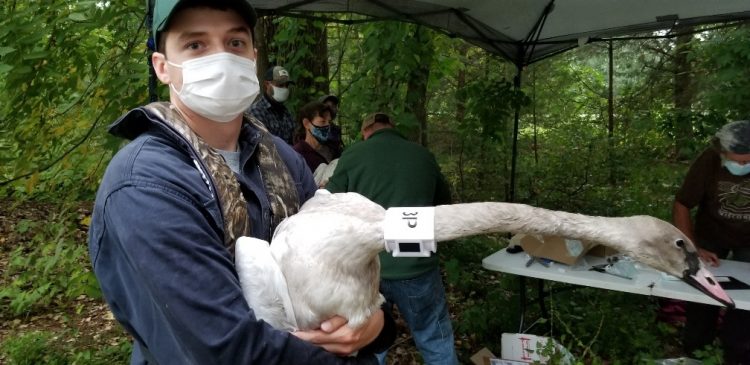GPS collars help track trumpeter swan comeback


The successful recovery of trumpeter swans in Wisconsin, and other western Great Lakes states, is spurring a new regionwide effort to better understand the migration routes and...


The successful recovery of trumpeter swans in Wisconsin, and other western Great Lakes states, is spurring a new regionwide effort to better understand the migration routes and...